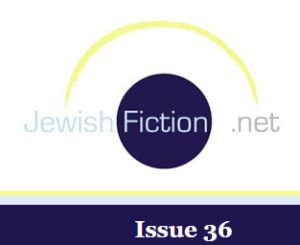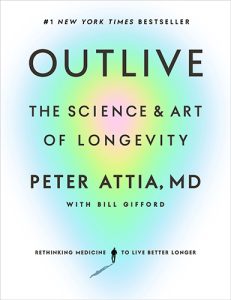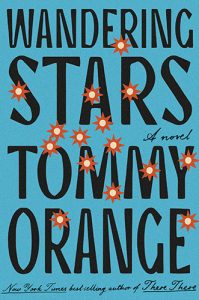High Desert Journal – Spring 2011
Issue 13
Spring 2011
Biannual
John Palen
Continuity is the watchword in High Desert Journal’s first number under editor Charles Finn. Founder and publisher Elizabeth Quinn remains at the top of the masthead, but with the title of managing editor. According to Finn’s editor’s note, Quinn continues to be very much a part of the endeavor, but will focus now on “the difficult and necessary job of keeping the magazine financially afloat.” Finn pledges to continue the journal’s dedication to furthering the understanding of the “people, places and issues of the interior West.”
Continuity is the watchword in High Desert Journal’s first number under editor Charles Finn. Founder and publisher Elizabeth Quinn remains at the top of the masthead, but with the title of managing editor. According to Finn’s editor’s note, Quinn continues to be very much a part of the endeavor, but will focus now on “the difficult and necessary job of keeping the magazine financially afloat.” Finn pledges to continue the journal’s dedication to furthering the understanding of the “people, places and issues of the interior West.”
More power to them all. This issue is exciting to look at and to read. Visually, the oversize format and high quality printing do justice to Heide Oberheide’s abstract acrylics and Kevin M. O’Connell’s photo essay on “the terrible beauty” of energy development. Two other artists capture the raw delicacy of Yellowstone geysers—Barbara Michelman in photographs and Bobbie McKibbin in pastels.
“Raw delicacy” also describes Joe Wilkins’s intensely realized short story about a homeless woman in Montana who decides she’ll move beyond the self she had become. “Enough of Me” won High Desert Journal’s Obsidian Prize in Fiction, judged by Gretel Ehrlich. In another superb short story, “Stacking,” Glen Chamberlain retells the myth of Adam and Eve in an encounter among a girl, a boy and a rattlesnake during haying season. The journal makes good use of the Web by including interviews with Wilkins and Chamberlain on its site.
The magazine continues to be a home for quality nonfiction about its chosen “place.” That this is not narrowly defined is demonstrated by Craig Childs’s essay, “Turning Point,” which describes close-to-the-bone life on an island remnant of the prehistoric land bridge between Asia and North America. Focused on a more consumerist West are Jennifer Rudin’s attitude-fueled “Planned Communities and Motherhood’s Unlikely Soundtrack,” and Finn’s interview of Alex Morley, the ninety-two year-old who made Jackson Hole what it is today, “a magnet for disposable income.”
The politics of the West are as interesting as its landscapes. In “High Desert Bling,” Jane O’Keefe tells of her journey from anti-government rancher groupie to an Oregon state commissioner who voted to shut down a coal-fired power plant. David James Duncan and Rick Bass provide two passionate excerpts, one fiction, one non, from their recent book on the tar sands controversy.
The issue also includes nonfiction by Laurie Stone, John Daniels and Mary Sojourner, and poetry by Sean Patrick Hill, Zayne Turner, Kristina Hakanson, Kim Stafford, and Claire Skinner. Turner’s “White King” intersperses recollections of summer work in the Great Basin with excerpts of government reports on a polluted uranium mine. In “Prairie Prescription,” Stafford lyrically imagines his mother’s birth. In “The Beaver Lodge,” a prose poem, Hill pays tribute to Oregon author Jon Remmerde. Skinner draws a sharp Williamsesque sketch of the Mexican border in “Cochise County, Arizona.”
[www.highdesertjournal.com]




